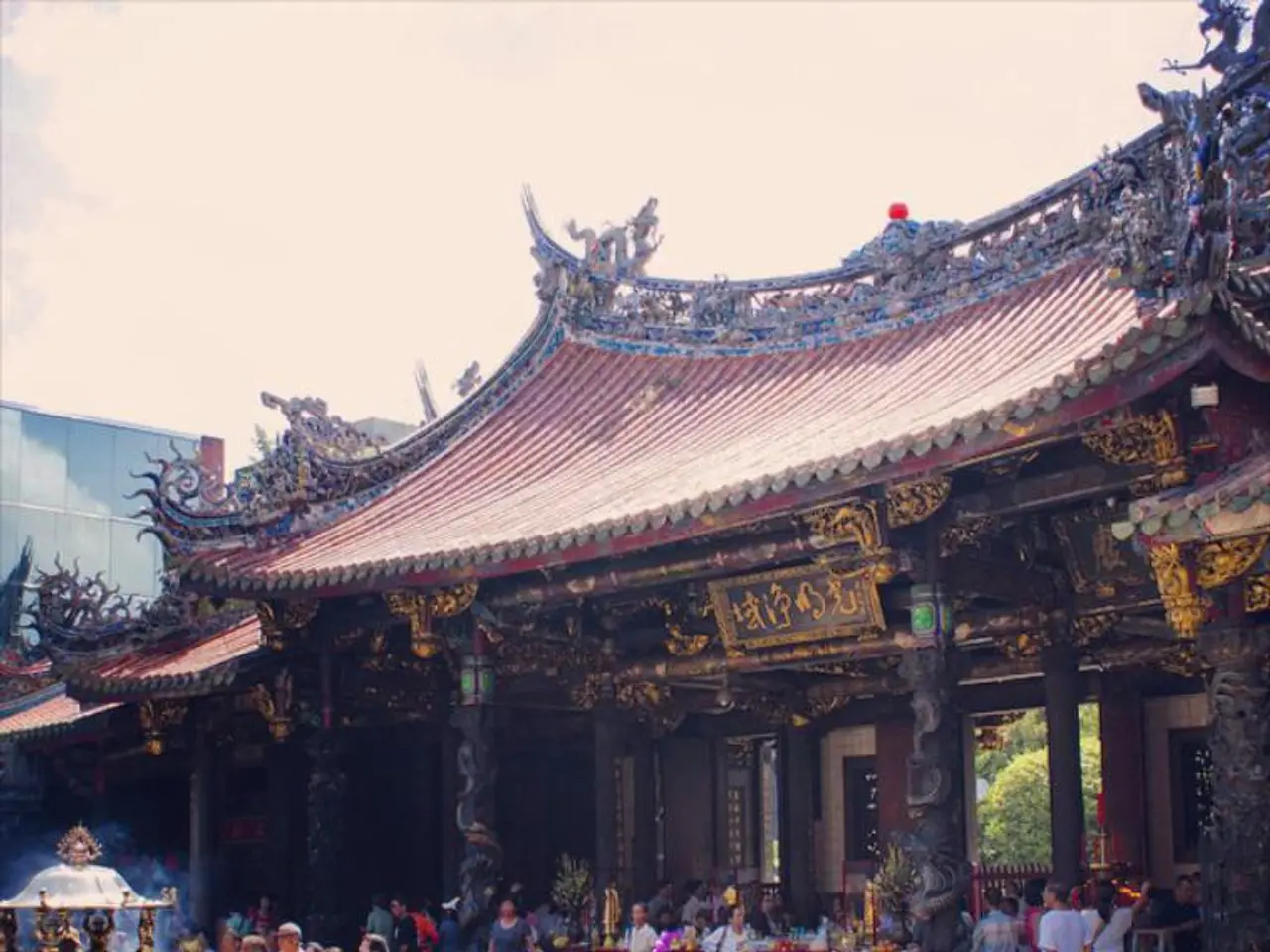Asia's Underappreciated Real Estate Hotspots: Osaka, Bengaluru, and Johor
In the dynamic world of commercial property investment, Asia has seen significant shifts in the past few years. The most actively traded cities in the region have become increasingly diverse, with both traditional leaders and emerging markets making their mark.
According to data from MSCI, the commercial real estate market in Asia-Pacific has experienced a broadening scope, with secondary cities gaining prominence alongside the major capitals.
Key among these changes is the emergence of cities like Chiba, adjacent to Tokyo, and Osaka, Japan’s third-largest city, as top 10 most actively traded cities in 2024. Incheon, South Korea’s third-largest city, also made a new entry in the top 10, ranking 10th in the first quarter of this year.
Traditional leaders like Tokyo, Seoul, and Shanghai remain heavily traded but have seen a relative decline in dominance due to the rising activity in secondary cities. For instance, Hyderabad, India’s major technology hub, held the 13th position in 2023, while Bengaluru, another significant tech hub, has not previously been mentioned in the top 10.
The growth in Bengaluru's commercial property market is primarily driven by its status as a technology hub. Demand for warehouses is also substantial in Bengaluru's commercial property market, reflecting the growing importance of industrial and logistics real estate such as data centers and warehouses. These sectors accounted for about 35% of income-producing property transactions in Asia-Pacific last year.
Asia's commercial property market is not only expanding in breadth and depth but also in sophistication. This regional evolution is focused on digital infrastructure, logistics, and professional rental housing development outside of Japan, marking a maturation of Asia’s commercial real estate landscape.
The commercial property investment market in Asia-Pacific reached notable volumes but saw some slowdown in industrial investment recently, pointing to possible short-term fluctuations amid longer-term growth trends.
In summary, the top actively traded commercial real estate cities in Asia in 2024 include:
| Rank (approx.) | City | Market Characteristic | |----------------|------------|--------------------------------------------------------| | 1-5 | Tokyo, Seoul, Shanghai (traditional leaders) | High volume, established office & commercial hubs | | Top 10 | Chiba, Osaka, Incheon | Rising secondary markets with industrial/logistics growth| | 10-15 | Hyderabad, Bengaluru | Growing tech and industrial hubs with increased investment|
These shifts highlight the increasing importance of industrial segments, driven by expanding e-commerce and data needs, causing a broader distribution of investor interest across more diverse urban areas with increasing market sophistication.
CBRE and RCA data also emphasize active investment firms dominate across all property types in Asia, reflecting the integration of these broad trends into investment flows. This regional evolution is a testament to the resilience and adaptability of Asia's commercial real estate market.
[1] Source: MSCI [2] Source: CBRE and RCA data [3] Source: MSCI data on industrial investment trends in Asia-Pacific
- The growth of industrial and logistics real estate, such as data centers and warehouses, is a significant factor driving the commercial property market in Bengaluru, a major technology hub in India.
- In the Asia-Pacific region, investment firms are actively focusing on diverse urban areas, not just traditional leaders like Tokyo, Seoul, and Shanghai, as they seek opportunities in secondary cities like Chiba, Osaka, and Incheon.
- As technology continues to shape trade and finance, cities with a strong focus on technology, like Bengaluru, are attracting increased investment in the commercial real estate industry.




